Accelerate Employee Onboarding with Agentic AI for HR Teams
Employee onboarding can be a complex process for HR Service Delivery teams to manage, with lots of paperwork, compliance obligations, and tasks to be assigned to different departments. Within Servicely's Enterprise Service Management (ESM) platform, HR teams can use a combination of intelligent automation and Agentic AI to speed up HR onboarding through triggering approval processes and automatically setting and completing tasks with AI.
Video Transcript
Welcome to this video, where we'll show how Servicely can help automate HR processes and break down silos between HR and IT while fulfilling requests using Agentic AI. In this very first example, we'll start with the self-service portal in Servicely, and we'll onboard a new employee. What we can see is the virtual agent will immediately assist us and will come up with potential knowledge documents and catalog items that can help us fulfill the request from the manager's approval to the actual delivery on the back side of things. We have a specific catalog item for onboarding new employees. If we click that, we'll open up an employee onboarding form where we can provide the necessary details such as first name, last name, the start date of the particular employee, what type of equipment will be required, and we can then submit the request. Then, we can go ahead and see what happens on the back side from a fulfillment perspective.
Once the request has been submitted, we can see that the HR team now has an HR case. The case itself is awaiting manager approval, which is visible from the top area of the screen. We also have an approval tab, HR tasks, and related records. The approval tab will show the pending approval, while HR tasks and related records will show related child tasks within both the HR and IT areas. Let's see what happens from an approval perspective and go back to the portal. In the portal, we can see the manager required to approve the HR case and move forward in the workflow has an approval action available. The manager can view specific details about what happens next and update the case with specific information. They could also approve directly from the self-service UI by simply clicking the approval button.
Once that is done, the HR team will receive the case back. We now have a new state at the top of the case, and we can see from the track record that the approval has been completed, showing who completed it. If we transition to related tasks, be it either HR or IT, we can see there's a specific HR task for the HR service desk to fulfill, which is a request in itself. There are also subtasks for both HR and IT as part of the particular case handling. Let's look at one of the ways we can break down silos and leverage Agentic AI to progress work and become more efficient. We'll do that by investigating one of the IT tasks that sits underneath the particular HR case. Data can be completely segregated here, so it would not be able to return and view the relevant HR data—they just have a child task that we're currently looking at.
We can see this is a provisioning task, needing a quick provisioning classification. Then, at the bottom right corner, we have an agent execution button. This means we can engage the Agentic AI capabilities of the platform, allowing Servicely to help us through the use of Agentic AI, to complete this task. This platform capability can be applied not only to IT tasks but also HR tasks if, for instance, a background check requires going external to another system. The system, using the multitask orchestrator, has automatically generated tasks for us that now sit in the platform, with some tasks automatically closed. Any manual task would have been highlighted here as well. That's how we can leverage Agentic AI and the HR capabilities of the platform to break down silos.
Other Videos
Other Resources
Our Solutions
Sign up for Demo

.svg)
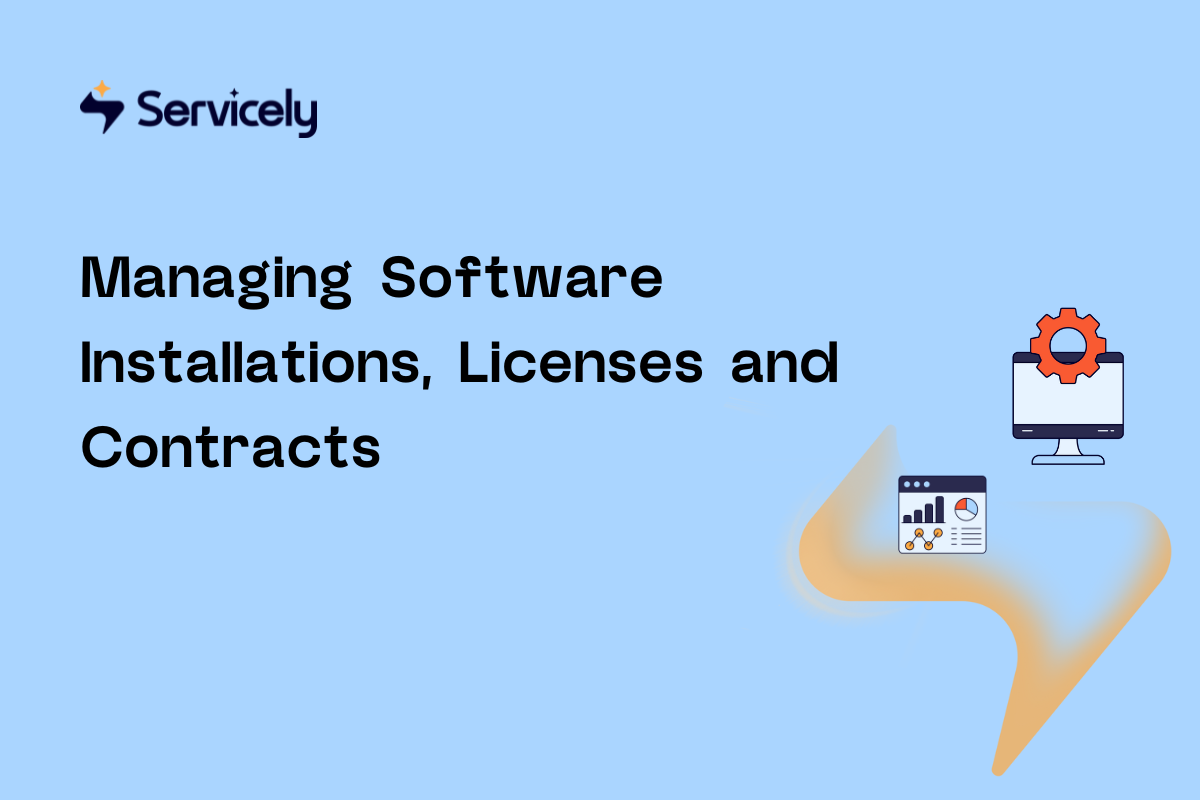
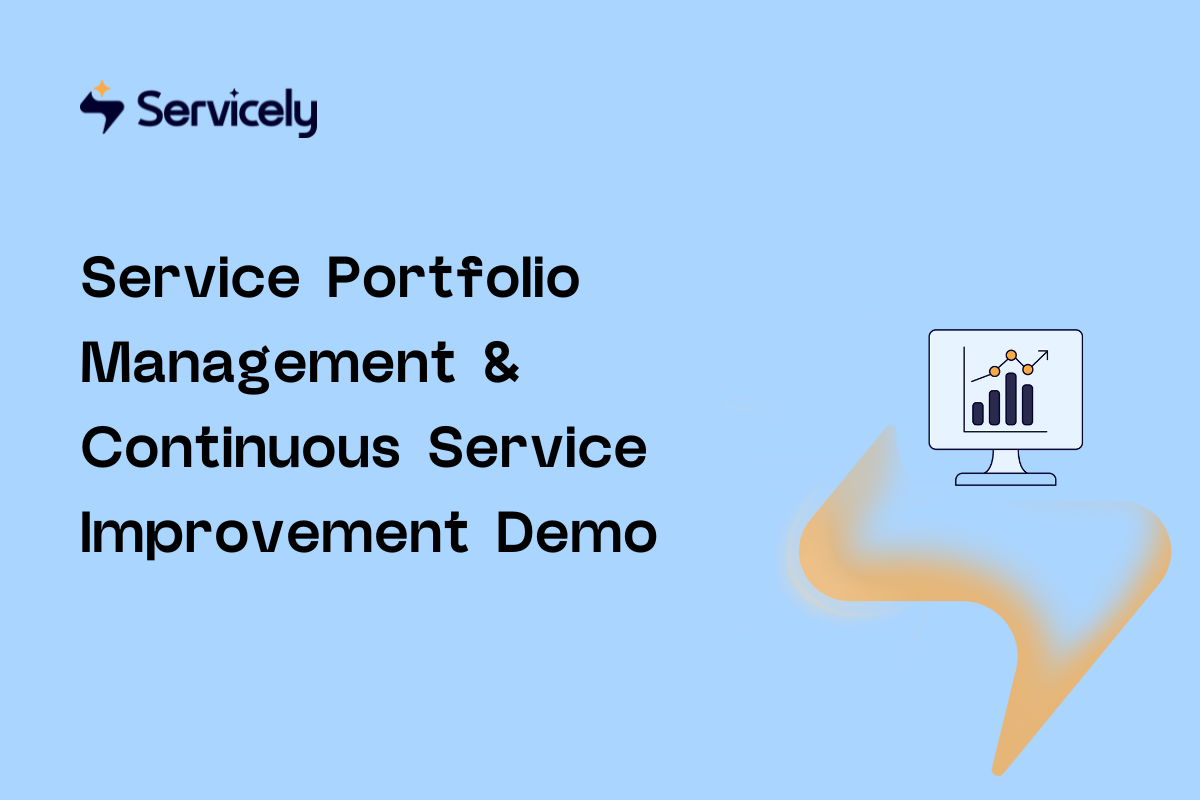
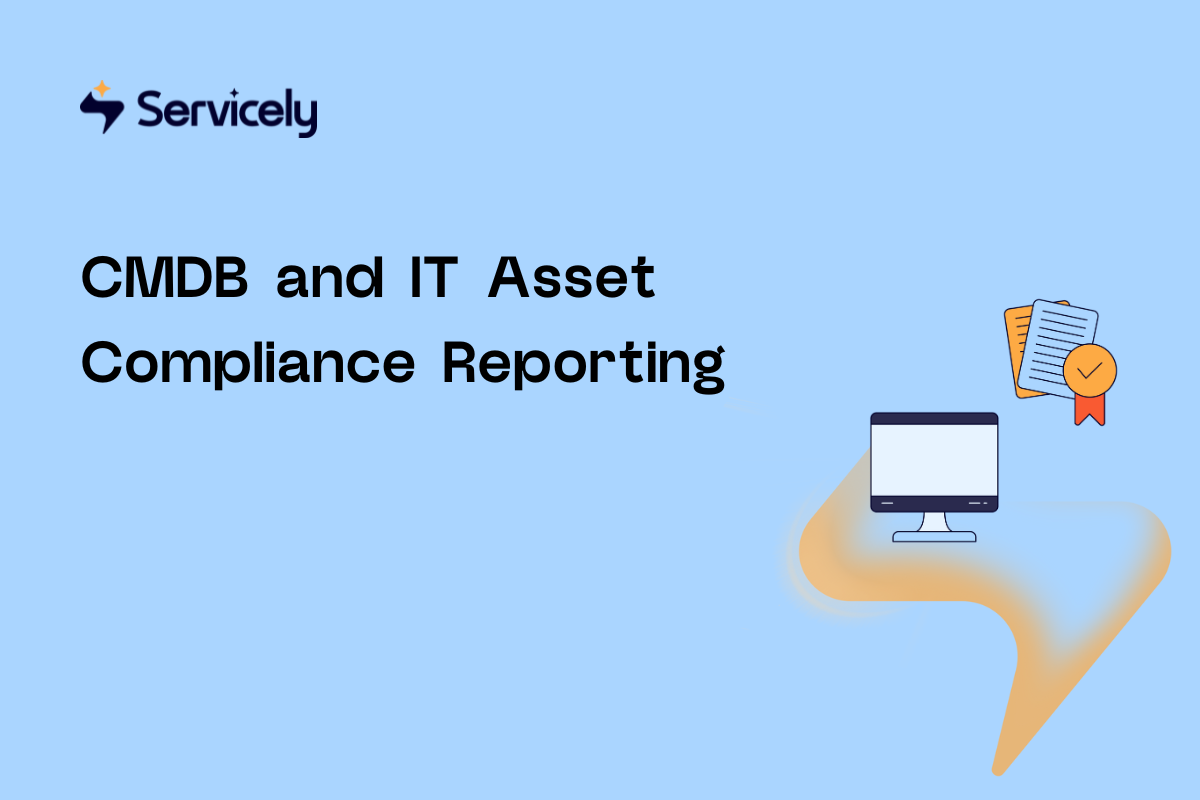
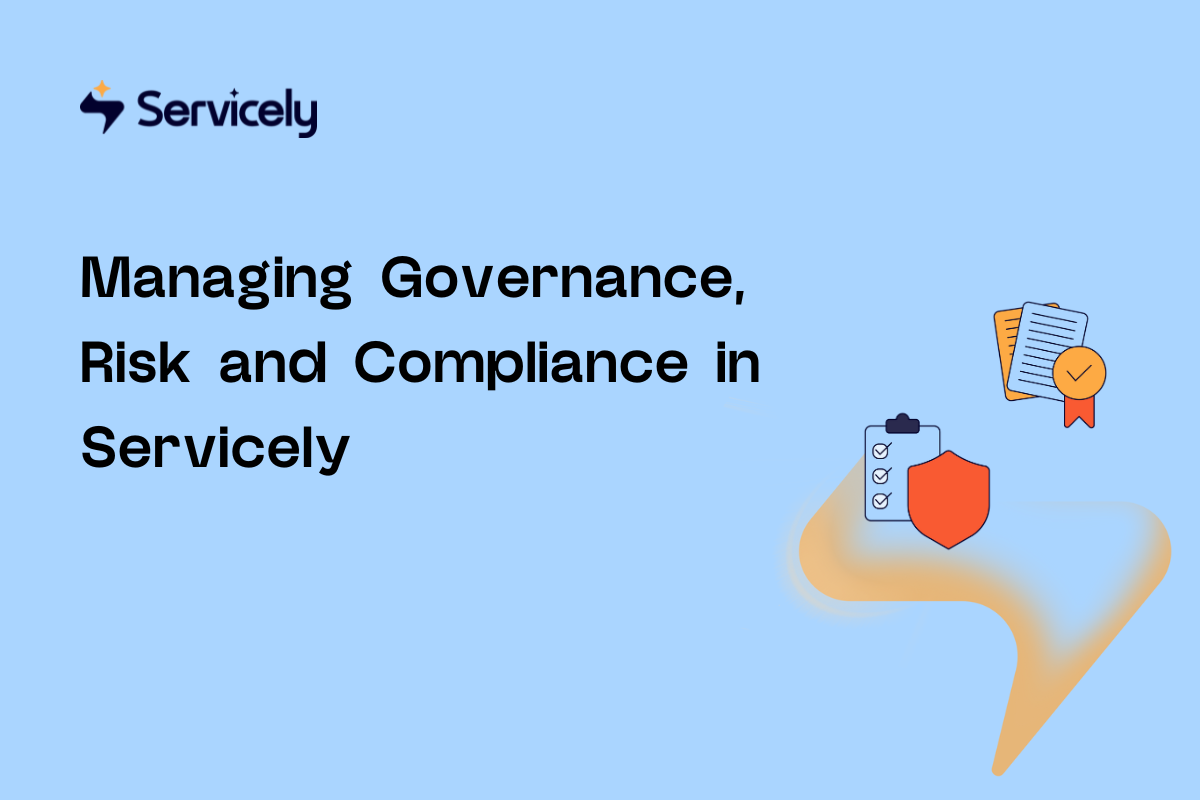
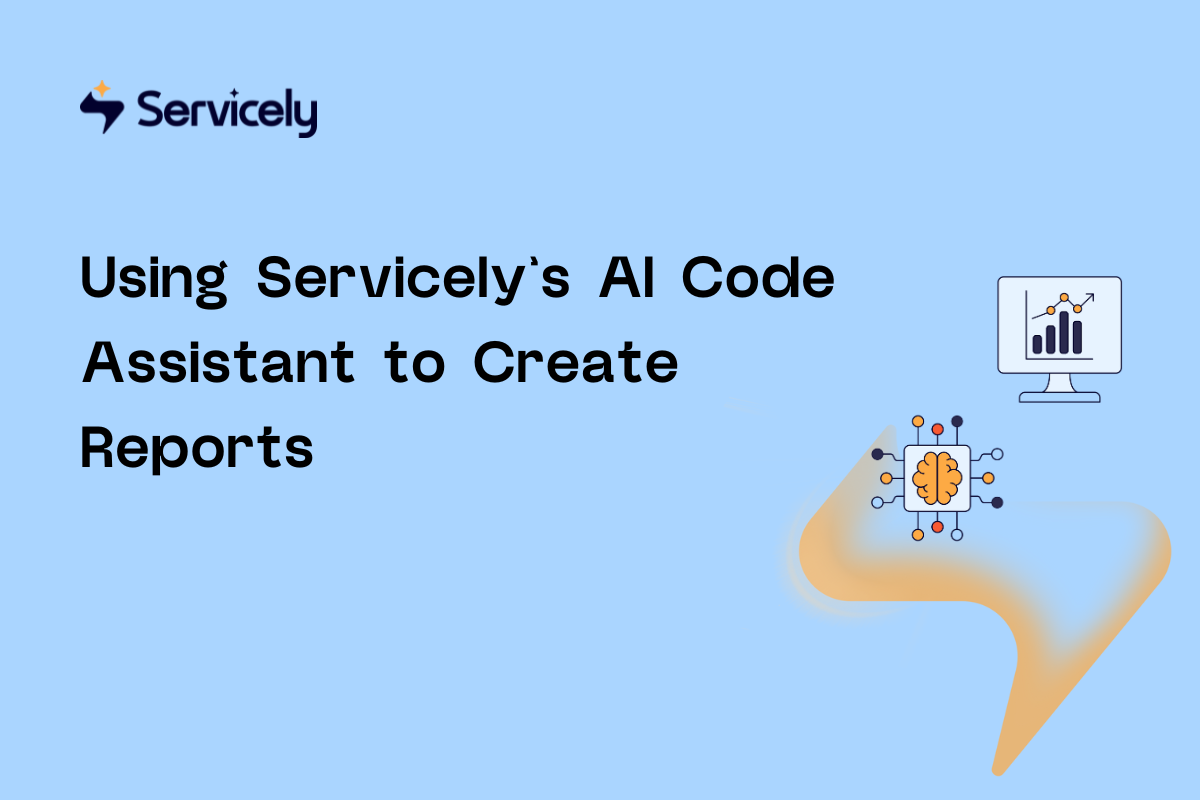

%20(1200%20x%20800%20px).png)



























